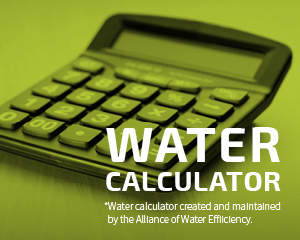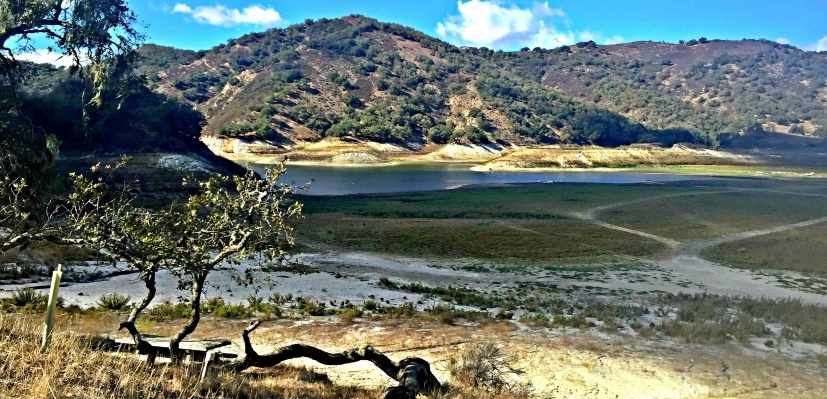Water Conservation Tips For Businesses

Every business owner can better serve his or her community with these water conservation tips just for businesses.
Businesses serve their community by enriching peoples’ lives. Conserving water is part of a business’s social responsibility to enriching its community. Drought or no drought, we must all now think differently about the way we consume water.
Use these water conservation tips for your business to ensure you’re doing your part to conserve today to preserve tomorrow.
- Install an instant water heater near your kitchen sink so you don’t have to run the water while it heats up. This also reduces energy costs.
- Upgrade older toilets with water-saving WaterSense® labeled models.
- Install water-saving aerators on all of your faucets.
- Look for WaterSense® labeled toilets, sink faucets, urinals and showerheads.
- Hire a GreenPlumber® to help reduce your water, energy, and chemical use.
- Some commercial refrigerators and ice-makers are cooled with water. Upgrade to air-cooled appliances for significant water savings.
- Post a hotline in bathrooms and kitchens to report leaks or water waste to facility managers or maintenance personnel.
- Create a suggestion and incentives system at your organization to recognize water-saving ideas.
- Include a water-saving tip in your employee newsletter. Find 100+ tips at wateruseitwisely.com.
- Implement a water management plan for your facility, then educate employees on good water habits through newsletters and posters.
- Publish your organization’s monthly water use to show progress toward water-saving goals.
- Invite your water utility conservation staff to your organization for Earth Day and other environmental events to help promote water savings.
- Water audit your facility to find out your recommended water use, then monitor your utility bills to gauge your monthly consumption.
- Have maintenance personnel regularly check your facilities for leaks, drips and other water waste.
- If you use processed water in your business or facility, look into water recycling.
- Contact your water utility to see if rebates are available for purchasing water-efficient fixtures, equipment or for facility audits.
- Consider and compare water use when purchasing ice makers, dishwashers, reverse osmosis units, coolers and cleaning equipment.
- Become or appoint a water ambassador within your organization who creates, implements and maintains your water conservation program.
- Become a proud WaterSense® partner and let all your customers know.
- As part of the WaterSense® Fix-A-Leak Week in March, plan an employee campaign to look for leaks.
- Determine how your on-site water is being used by installing sub-meters where feasible, then monitoring for savings.
- Conduct a facility water use inventory and identify water management goals.
- Don’t forget hidden water use costs, like energy for pumping, heating and cooling, chemical treatment, and damage and sewer expenses.
- Show your company’s dedication to water conservation through a policy statement. Commit management, staff and resources to the effort.
- Shut off water to unused areas of your facility to eliminate waste from leaks or unmonitored use.
- Create a goal of how much water your company can save and plan a celebration once that goal is met.
- Ask employees for suggestions on saving water and give prizes for the best ideas. Incentivize it!
- Write feature articles on your employee website that highlight water-saving ideas and successes.
- Test your co-workers or employees on topics like xeriscape, WaterSense®, and high-efficiency toilets. See how water-wise they are.
- Hire a WaterSense® irrigation partner to help with your landscape.
- Saving water on your landscape adds up quickly. Send the person in charge of your landscape to an irrigation workshop.
- Marry the weather with your landscape water use. Water use should decrease during rainy periods and increase during hot, dry periods.
- Visit your local Water Conservation office’s website to get information on programs available to businesses.
- Make sure your contract plumber and/or maintenance personnel knows about GreenPlumbers®.
- Ask your company to support water conservation events and education. ProjectWet hosts local events throughout the country.
- Support Tap Into Quality and forgo those plastic water bottles to lower your carbon footprint.
- Scrape dishes rather than rinsing them before washing.
- Use water-conserving icemakers.
- A recent study showed that 99% of business managers surveyed ranked water conservation as a “top five” priority over the next decade.
- If your facility relies on cooling towers, have maintenance maximize cycles of concentration by providing efficient water treatment.
- Be sure your irrigation system is watering only the areas intended, with no water running onto walks, streets or down the gutter.
- While cleaning sidewalks, a hose and nozzle use 8-12 gallons of water per minute. A pressurized Waterbroom® uses closer to 3 gallons.
- Inspect your landscape irrigation system regularly for leaks or broken sprinkler heads and adjust pressures to specification.
- Give your landscape proper amounts of irrigation water. Determine water needs, water deeply but infrequently, and adjust to the season.
- Establish a monthly water budget for your landscape based on the water needs of your plants.
- Limit turf areas at your facility. Instead, landscape using xeriscape principles to cut water use in half.
- Put decorative fountains on timers and use only during work or daylight hours. Check for leaks if you have automatic refilling devices.
- Wash company vehicles at commercial car washers that recycle water.
- Wash company vehicles as needed rather than on a schedule. Stretch out the time in between washes.
- Consider turning your high-maintenance water feature/fountain into a low-maintenance art feature or planter.
- When buying new appliances, consider those that offer cycle and load size adjustments. They are more water and energy efficient.
- Support projects that use reclaimed wastewater for irrigation and industrial uses.
- When ice cubes are leftover from your drink, don’t throw them out. Pour them on a plant.
Visit our water conservation FAQ page to get answers to some of the most commonly asked questions about water usage and conservation.
Want to find out what more you can do to help?
Call Think H2O
Arroyo Grande Residents call (805) 473-5447
Pismo Beach Residents call (805) 773-4657
Or contact us here.






Edit1.jpg)
0.jpg)

1.jpg)
10.jpg)

edit0.jpg)